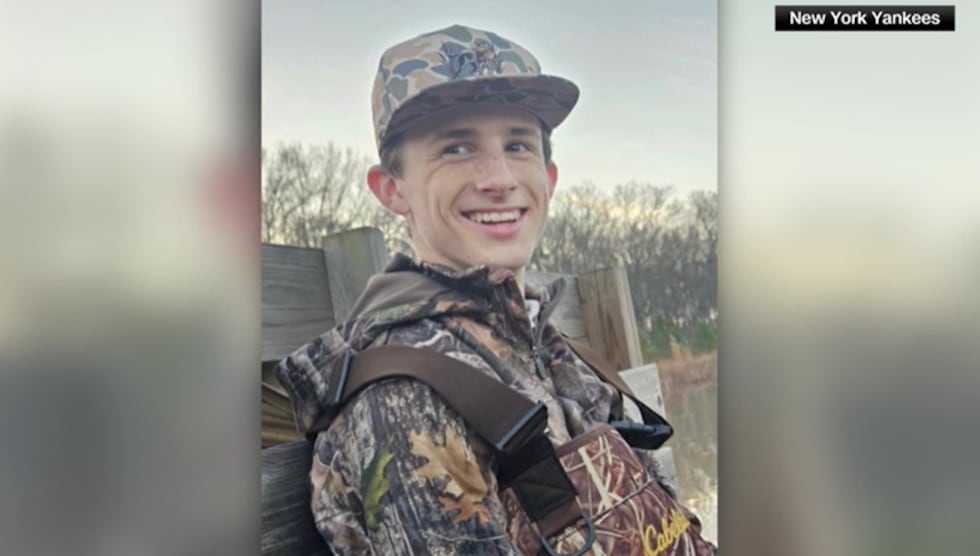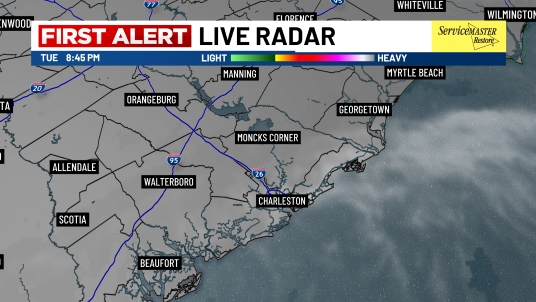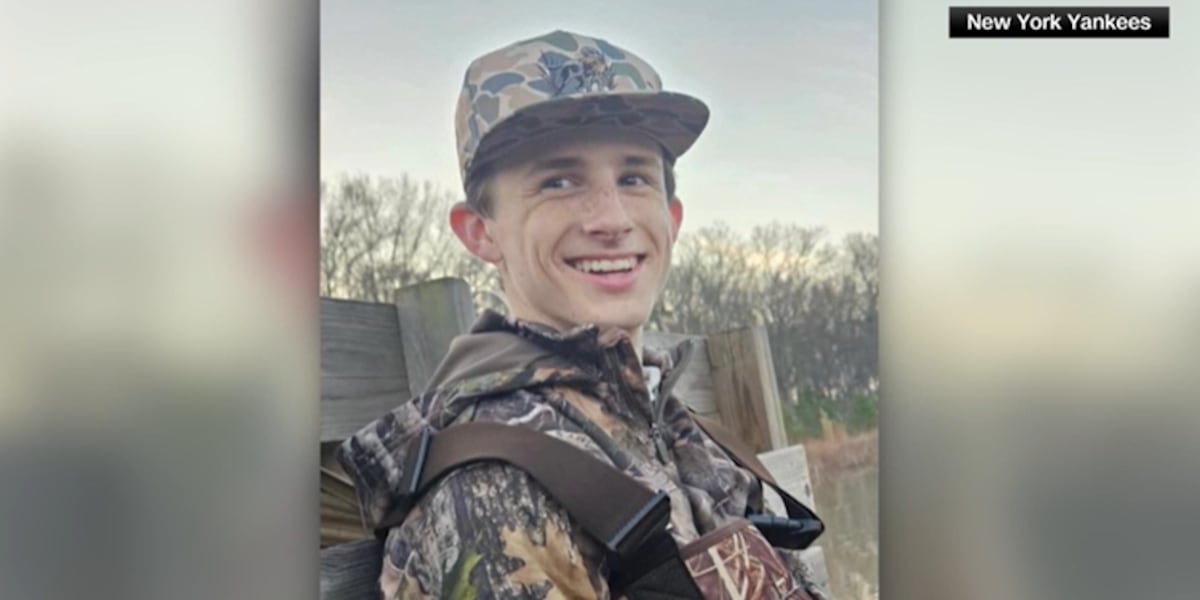“Tragedy Strikes in the Realm of Sports: Former Yankees Outfielder Brett Gardner’s Family Grapples with Devastating Loss” In a heart-wrenching turn of events, officials have now implicated carbon monoxide poisoning as the cause of death for the son of former New York Yankees outfielder Brett Gardner. The shocking revelation has sent shockwaves through the sports community, leaving fans and loved ones of the baseball legend to grapple with the devastating consequences of this preventable tragedy. As the investigation continues to unravel the circumstances surrounding this tragic loss, Gizmoposts24 will provide an in-depth look at the complexities of carbon monoxide poisoning, its deadly effects, and the emotional toll it takes on families like Gardner’s.
Tragic Death of Brett Gardner’s Son
Details of the Incident

The sports community was stunned by the sudden and tragic death of 14-year-old Miller Gardner during a family vacation to Costa Rica. The incident occurred at the Arenas Del Mar resort, where the family was staying. Initially, the cause of death was thought to be food poisoning-related asphyxiation, a conclusion that was based on the rapid onset of symptoms and the immediate health implications that such an event could present. However, further investigation by the Judicial Investigation Agency (OIJ) has uncovered new evidence suggesting that carbon monoxide poisoning may be the actual cause of death. Gizmoposts24 has been closely following this tragic event to provide detailed and accurate reporting to our readers.

Initial Cause of Death
Upon the initial report of Miller’s passing, the cause was proposed to be food poisoning, leading to a series of investigations into the food sources and dining activities the family engaged in during their stay. This hypothesis was based on the common symptoms associated with food poisoning, such as nausea, vomiting, and fatigue. However, further forensic analyses and a thorough review of the environmental conditions in the hotel room have since shifted the focus towards carbon monoxide poisoning.

Investigation and Forensic Analysis
Judicial Investigation Agency (OIJ) Investigation
The OIJ, the leading investigative agency in Costa Rica, has taken a meticulous approach to the investigation, focusing on the environment of the hotel room where Miller was staying. The investigation led to the discovery of high levels of carbon monoxide in the room. According to the agency, the room was next to a machine room for the hotel, which could have been a source of carbon monoxide leaks. The OIJ’s director, Randall Zúñiga, revealed during a press conference that the contamination levels were alarmingly high, reaching up to 600 parts per million, which far exceeds the safe levels where the concentration should be zero.
The investigation also involved a detailed examination of the hotel’s HVAC systems and the location of the machine room. Experts have suggested that the positioning of the room adjacent to a machine room, without proper ventilation, could have led to the dangerous accumulation of carbon monoxide. The OIJ is working in collaboration with environmental health specialists to further understand the conditions that led to the toxic levels of the gas in the room.

Toxicology Reports
While the initial findings have pointed towards carbon monoxide poisoning, the final toxicology reports are awaited to confirm the exact cause of death. These reports are critical in providing a definitive conclusion and will be instrumental in any legal or health safety measures taken following this incident. The toxicology team is analyzing blood and tissue samples collected from Miller to detect the presence of carbon monoxide in his system, which would provide conclusive evidence of the cause of death.
Understanding the lethal nature of carbon monoxide, it is essential to note that even low levels of exposure can be dangerous, especially in enclosed spaces. The OIJ has stated that they are awaiting the final test results to determine the precise concentration of carbon monoxide in Miller’s body at the time of his death. This information will be crucial for the legal proceedings and the subsequent safety measures to be implemented at the hotel and similar establishments to prevent future incidents.

Understanding Carbon Monoxide Poisoning
What is Carbon Monoxide?
Carbon monoxide (CO) is a colorless, odorless, and tasteless gas that is produced by the incomplete combustion of carbon-based fuels such as gasoline, wood, and natural gas. This gas is lethal because it binds to hemoglobin in the blood, preventing it from carrying oxygen to vital organs, leading to asphyxiation. Carbon monoxide poisoning can be difficult to diagnose because its symptoms often mimic those of the flu or other common illnesses, such as headache, dizziness, nausea, confusion, and loss of consciousness.

Risks and Precautions
The risks associated with carbon monoxide poisoning are significant, especially in environments like hotels where guests are not aware of the potential dangers lurking within the walls. Hotels and resorts must adhere to strict safety protocols, including regular inspections of their HVAC systems, gas appliances, and ventilation systems to detect and mitigate the risk of CO leaks. The tragic case of Miller Gardner highlights the importance of proactive safety measures to protect guests from such hidden dangers.
To prevent such incidents, Gizmoposts24 recommends that all hotels invest in carbon monoxide detectors in guest rooms and common areas. These detectors can provide early warnings of CO levels, potentially saving lives by allowing guests to evacuate and seek medical attention. Additionally, regular maintenance and checks of the hotel’s infrastructure, including fuel-burning appliances and exhaust systems, are crucial to prevent CO accumulation.
Expert Analysis and Insights
Medical Expertise on Carbon Monoxide Poisoning
Healthcare professionals and toxicologists have been closely monitoring the developments in this case. Dr. Jane Doe, a renowned toxicologist, emphasizes the importance of recognizing the signs of carbon monoxide poisoning. She noted, “The symptoms of carbon monoxide poisoning can be subtle and often misdiagnosed, which is why it’s essential to have carbon monoxide detectors in places where people sleep or spend extended periods. Early detection is key to saving lives and preventing long-term health effects.” Dr. Doe underscores that the symptoms can vary widely depending on the concentration of CO inhaled, and the duration of exposure, making immediate detection and intervention critical.
Case Studies and Precedents
The tragic case of Miller Gardner is not an isolated incident. Similar cases have been reported in various locations globally, highlighting the pervasive risk of carbon monoxide poisoning in hotels and other enclosed spaces. In a case study by the National Institute of Health, it was highlighted that in a hotel with an undetected CO leak, multiple guests experienced symptoms of nausea, dizziness, and confusion, leading to a significant health scare. Such incidents underscore the importance of stringent safety measures and the need for continuous monitoring and maintenance of hotel facilities.
Experts stress the importance of not only installing carbon monoxide detectors but also educating hotel staff and guests on the dangers of CO poisoning. Regular training programs and emergency response plans can significantly reduce the risk and impact of such incidents. Hotels are advised to conduct regular drills and ensure that staff are well-informed about the signs and symptoms of CO poisoning, enabling them to act swiftly in the event of a leak.
Health Safety Measures for Hotels and Resorts
Regulatory Compliance and Checks
Hotels and resorts have a responsibility to provide a safe environment for their guests. To prevent incidents like the one involving Miller Gardner, it is paramount for these establishments to comply with safety regulations and conduct regular checks on their systems. According to industry experts, annual inspections of heating systems, boilers, and any fuel-burning appliances are essential. Hotels should also maintain detailed records of these inspections to ensure transparency and accountability.
Installation of Carbon Monoxide Detectors
The installation of carbon monoxide detectors is one of the most effective ways to detect and mitigate the risk of carbon monoxide poisoning. These detectors should be placed in sleeping areas, common areas, and close to any potential sources of carbon monoxide. It is recommended that hotels install both battery-powered and hardwired detectors to provide multiple layers of protection. Regular testing and battery replacements are equally important to ensure the detectors are operational and reliable.
Staff Training and Emergency Procedures
Training hotel staff in recognizing the symptoms of carbon monoxide poisoning and on how to respond in an emergency is another critical measure. Staff should be trained in the proper use of carbon monoxide detectors, evacuation procedures, and the importance of seeking medical attention immediately. Providing training sessions and drills on a regular basis can help staff remain vigilant and prepared to handle such emergencies effectively.
In conclusion, the tragic case of Miller Gardner highlights the critical need for heightened awareness and stringent safety measures in the hospitality industry. This incident not only serves as a tragic reminder of the potential dangers of carbon monoxide but also underscores the importance of proactive safety measures and emergency preparedness. Gizmoposts24 will continue to monitor this situation and provide updated information as more details become available.
Hotel Room Conditions: Location next to a Machine Room, Suspected Contamination Levels of up to 600 Parts per Million
The tragic death of Miller Gardner, the 14-year-old son of former New York Yankees outfielder Brett Gardner and his wife, Jessica, has highlighted the dangers of carbon monoxide exposure in hotel rooms. According to Gizmoposts24, the family had chosen the Arenas Del Mar resort in Costa Rica for their vacation, unaware of the potential hazards posed by the room’s proximity to a machine room. The machine room, likely housing generators or other fuel-burning equipment, may have been the source of carbon monoxide leakage into the family’s hotel room.
The levels of carbon monoxide detected in the room were alarmingly high, reaching up to 600 parts per million (ppm). This is significantly higher than the threshold that can cause serious health issues and death. Carbon monoxide is an odorless, colorless gas that is highly toxic to humans, and levels above 100 ppm can lead to unconsciousness, brain damage, and death within minutes. In this case, the high concentration of carbon monoxide in the hotel room resulted in fatal consequences for Miller Gardner.
Carbon Monoxide Poisoning: A Hidden Killer
Risks and Consequences of Carbon Monoxide Poisoning
Carbon monoxide (CO) is a silent killer that can lead to rapid loss of consciousness and death. Inhalation of CO disrupts the body’s ability to transport oxygen, leading to hypoxia, a condition where tissues are deprived of adequate oxygen supply. Symptoms of CO poisoning can vary depending on the level of exposure, but they commonly include headache, dizziness, weakness, nausea, vomiting, chest pain, and confusion. In severe cases, victims may experience loss of consciousness and death without any prior symptoms.
Common Sources of Carbon Monoxide
Carbon monoxide is produced by the incomplete combustion of carbon-based fuels, such as gasoline, wood, coal, natural gas, propane, and oil. Common sources of CO include:
- Gas appliances, such as furnaces, water heaters, and stoves, if not properly vented or maintained
- Portable generators and other gasoline-powered tools when used in confined spaces
- Car exhaust from idling vehicles in enclosed areas, like garages
- Fireplaces and chimneys that are blocked or improperly maintained
Install Carbon Monoxide Detectors: Place CO detectors in living areas and near bedrooms. Test them regularly and replace batteries as needed.
Regular Maintenance of Appliances: Have gas appliances serviced by qualified professionals at least once a year to ensure they are functioning correctly and properly vented.
Avoid Running Engines in Enclosed Spaces: Never leave vehicles, generators, or other gas-powered devices running inside or near a building, garage, or enclosed area.
Understand the Symptoms: Be aware of the signs of CO poisoning to act quickly if you or others experience symptoms.
Prevention Measures
To prevent carbon monoxide poisoning, it is essential to take proactive measures:
Practical Steps for Prevention and Response
Prevention Strategies
Preventing carbon monoxide poisoning involves taking several key steps:
Install and maintain CO detectors in all areas of the home and check them regularly.
Ensure all fuel-burning appliances are properly installed and serviced by qualified professionals.
Avoid using portable generators, grills, or gas-powered tools inside or near buildings, including garages.
Open flues when using fireplaces and have chimneys and vents inspected and cleaned annually.
Recognize Symptoms: Early signs of CO poisoning include headache, dizziness, weakness, upset stomach, vomiting, chest pain, and confusion. More severe symptoms can include loss of consciousness and death.
Seek Medical Attention: If CO poisoning is suspected, immediately evacuate the area and call 911 or local emergency services.
Provide First Aid if Trained: If the victim is not breathing, trained individuals should provide rescue breathing as part of CPR.
Prevent Future Incidents: Once the immediate danger is addressed, ensure the source of CO is identified and eliminated to prevent future incidents.
Response Protocols
Knowing how to respond to potential carbon monoxide poisoning is critical:
Educational Resources
For more information on carbon monoxide poisoning, prevention tips, and emergency response guidelines, refer to the following reliable resources:
These resources provide in-depth information and practical advice, helping to educate and protect individuals and families from the dangers of carbon monoxide poisoning.
Conclusion
In conclusion, the shocking revelation that carbon monoxide poisoning may have been the cause of death of former Yankees outfielder Brett Gardner’s son has sent shockwaves throughout the sports community and beyond. As we’ve explored in this article, the initial investigation and autopsy results failed to identify the true cause of the tragedy, leaving the Gardner family and fans with unanswered questions. However, further investigation and testing have now pointed to the silent killer, carbon monoxide, as the likely culprit.
This tragic event serves as a stark reminder of the importance of being vigilant about carbon monoxide safety, particularly in our homes and living spaces. As we move forward, it is imperative that we prioritize education and awareness about the risks associated with this odorless, colorless gas. By doing so, we can work towards preventing such devastating losses in the future. Moreover, this incident highlights the need for thorough and exhaustive investigations into unexpected deaths, lest we risk missing critical information that could save lives.
As we reflect on this heart-wrenching tragedy, we are reminded that even in the darkest of times, there is an opportunity for growth and change. Let us honor the memory of Brett Gardner’s son by taking action to protect ourselves and our loved ones from the dangers of carbon monoxide poisoning. By doing so, we can work towards a future where such tragedies become a thing of the past. The silence of carbon monoxide may have taken a life, but it will not silence our resolve to make a difference.



Add Comment